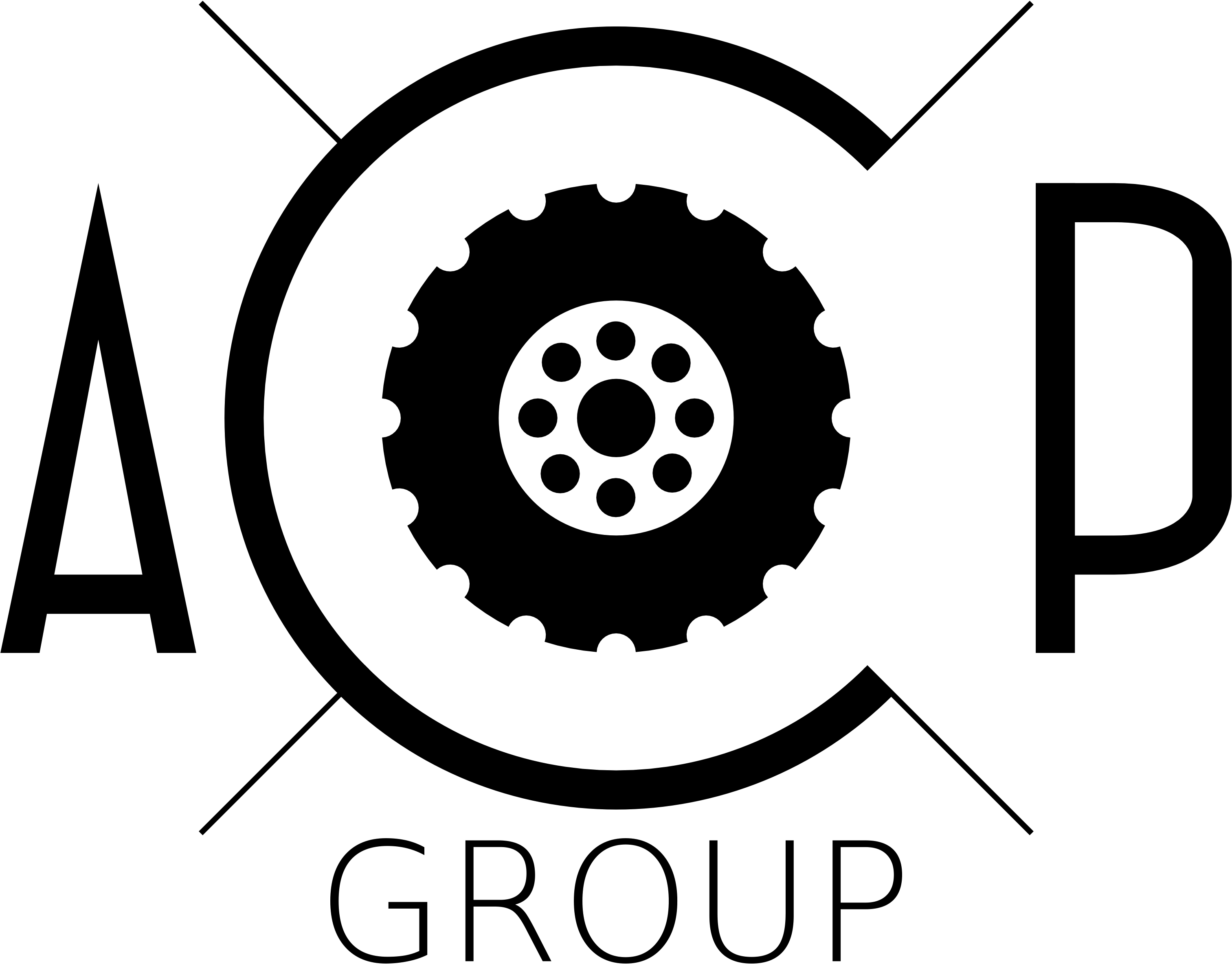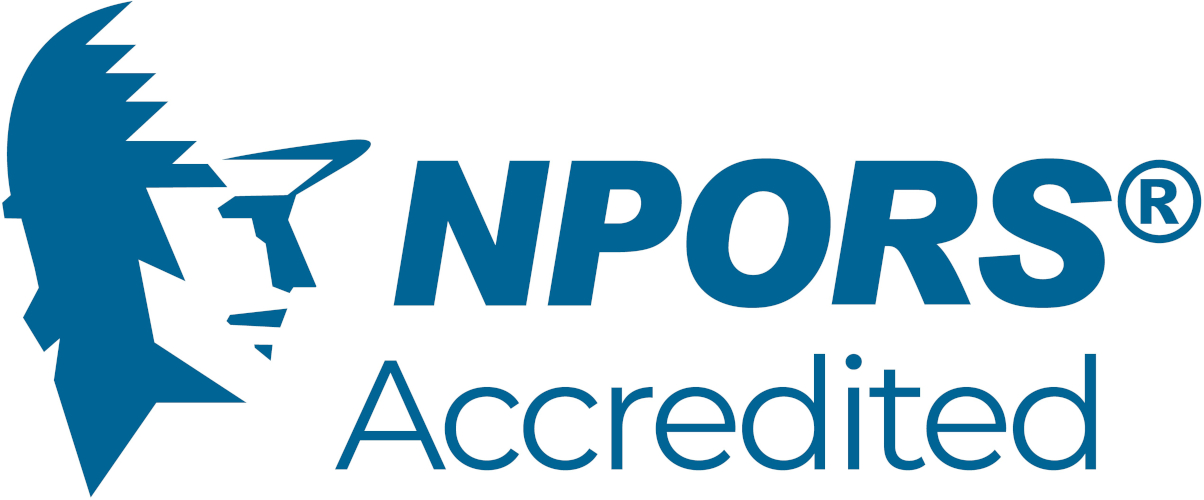Here are the theory test questions for A09 Forward Tipping Dumper.
During the theory test you'll be asked a maximum of 40 questions.
Please note that your paper will include all the questions we have marked here with an asterisk *. In addition you will have a random selection of the other questions that are not marked here with an asterisk.
These questions will appear on every A09 paper
a) Name THREE purposes of the treads on tyres and b) what can happen to a dumper if the treads are severely worn? (4 marks)*
Manufacturers must give recommendations on how to travel a dumper up and down inclines. If this information is not known first hand, what is the general rule about travelling up and down slopes? (2 marks)*
Give TWO reasons why the dumper operator should have an understanding of the type of spoil being transported. (2 marks)*
On articulated dumpers, steering is achieved by actuating a hydraulic ram which is controlled by turning the steering wheel.
a) How does the engine supply the oil flow and
b) what happens to the steering when the engine stops? (2 marks)*
When forward tipping a load, the centre of gravity of the machine changes.
a) What effect does this have on the dumper and
b) state TWO actions to avoid accidents? (5 marks)*
Whenever possible, who should decide the positioning of the dumper when being loaded? (1 marks)*
The operator is asked to tip material into a new trench.
State FIVE different requirements that must be considered or implemented before tipping commences. (5 marks)*
When would the skip safety strut or support be used? (1 marks)*
When working in a confined area or space, name THREE hazards that can occur. (3 marks)*
What is the purpose of a roll or ROPS frame? (2 marks)*
State TWO requirements of using a stop block or earth bank (berm) at a trench discharging point. (4 marks)*
The operator has been asked to drive the dumper onto a transporter/trailer.
a) Who is responsible for the loading operations and
b) state FOUR actions to be considered by the operator before loading commences. (5 marks)*
The function or job role of a dumper driver, when transporting materials, is to? (2 marks)*
If setting up to work in a pedestrianised area, state THREE factors that need to be taken into account. (3 marks)*
a) What is the minimum distance allowed near open trenches when travelling with a dumper and
b) explain why? (2 marks)*
A random selection of these questions will appear on each A09 paper
What allows the wheels to follow the contours of the ground when travelling on uneven ground? (2 marks)
The operator has to use a new type of dumper, i.e. swivel skip that they are unfamiliar with.
What do Regulations (i.e. PUWER 98) and other guidance require the operator to have? (3 marks)
Before leaving the dumper for a rest break, after parking and switching off the engine,
a) what final action must be carried out and
b) why? (2 marks)
What may happen if the load is tipped onto a downward slope? (2 marks)
Give FOUR reasons that may cause the dumper to tip over sideways during travel. (4 marks)
A dumper is classified by a manufacturer as a six-tonne dumper.
What does this mean? (1 marks)
Name THREE problems that could occur if the skip is overloaded with a dense/ compacted material. (3 marks)
What is a possible consequence of using a tyre with a deep cut in the sidewall? (1 marks)
Operators should lower the skip fully before driving away, particularly on swivel skips. Give TWO possible consequences if this is not carried out. (4 marks)
Larger dumpers use a turbo-charged engine.
a) What is the normal procedure before switching off the engine after working and
b) what happens if the procedure is not followed? (2 marks)
In what situation does a hard hat NOT need to be worn when operating a forward tipping dumper? (2 marks)
When travelling on wet clay, what effect does this have on the dumper? (2 marks)
Who should determine the maximum load that should be placed into the skip of the dumper? (1 marks)
If the operator has to top-up the hydraulic oil, state TWO precautions to ensure cleanliness of the system. (2 marks)
When parking the machine at the end of the shift, name THREE places where the dumper should NOT be parked. (3 marks)
Why do high tip dumpers need particular care when tipping? (2 marks)
When working in a confined area or space what danger can be present with an articulated dumper with regards to steering? (1 marks)
Give TWO reasons for using a swivel skip dumper over a conventional forward tipping skip. (2 marks)
a) What determines the minimum distances that any part of plant and machinery has to be kept from over head electricity lines and
b) explain why a distance should be kept. (4 marks)
Discharging loads whilst moving is not considered best practice. Why would this be? (4 marks)
Why should a dumper be re-fuelled at the end of the day? (1 marks)
Why must the seat belt be worn at all times? (2 marks)
How is it possible that a dumper can still tip over when travelling on a gentle gradient, even if it is not overloaded and not being driven at excessive speed? (2 marks)
If checking the oil level using a dipstick, why must gloves be worn? (1 marks)
If considering to use the dumper to transport a wide load, what needs to be taken into account? (3 marks)
During work, the engine starts to overheat.
Explain the danger if someone tries to remove the radiator or expansion tank cap. (2 marks)
Most site dumpers have the engine at the rear. State the main reason for this. (1 marks)
What problems and hazards can soft ground cause to a loaded dumper? (2 marks)
End of questions for A09 Forward Tipping Dumper


